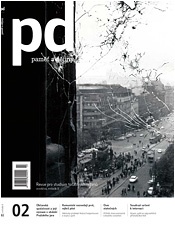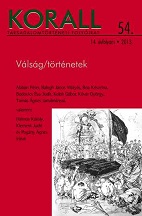
Lidové milice – nelegální armáda KSČ
People’s Militias were called the armed fist of the working people and they acted accordingly. Although at the close of their era they looked rather ridiculous in their shabby uniforms, there was still an arsenal of thousands of guns in their warehouses. Their use was last considered in November 1989. The presented study describes the origin, development and dissolution of People’s Militias. This paramilitary force, which in many aspects resembled the Nazi SA, first presented itself during the coup of February 1948. The presence of its armed members was intended to have and really had a devastating effect on the will of politicians and on citizens‘ resolution to stand up against and resist the oncoming changes. People’s Militias closely cooperated with the Czechoslovak People’s Army which supplied them with weapons, and they reinforced SNB (police) guards and border guards in case of need. They functioned as the repressive component of the communist apparatus. As of the year 1953, People’s Militias were subordinated directly to the Czechoslovak Communist Party Central Committee. Another significant moment in the history of People’s Militias came in 1968-1969. In the course of the Prague Spring of 1968, People’s Militias were under the pressure of the public. However, they became a major support of the normalization apparatus after the suppression of the reform movement. Their action against a demonstration marking the first anniversary of the Soviet occupation on August 21,1969 was particularly brutal. This was the imaginary peak of the history of People’s Militias. In the course of normalization, their activity was restricted to training and actions against demonstrations marking various anniversaries. Individual members of People’s Militias were also sent to schools to show their machine guns to curious pupils. In 1989, People’s Militias had more than 84,000 members. In November 1989, their units were summoned to Prague, but they were never put into action. They were dissolved by the end of 1989.
More...
